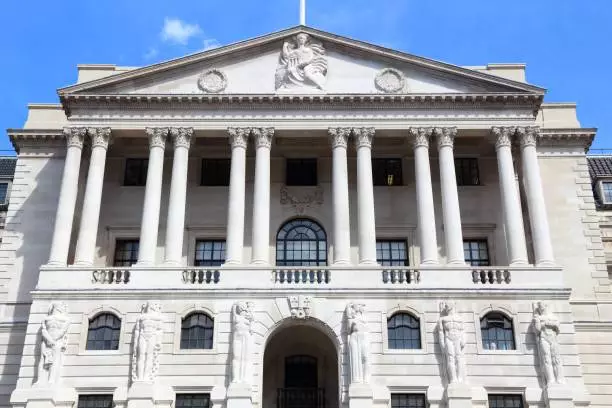The upcoming Bank of England meeting is set to take place on Thursday, with no expected change in the current interest rate of 5.25%. The focus will be on the release of the Monetary Policy Report, inflation projections, voting patterns, and the overall rhetoric at the subsequent press conference. It is essential to consider the economic changes since the last meeting to gauge the potential outcomes of this gathering.
Data has shown a mixed picture since the BoE’s previous meeting in March. While the economy seems to have experienced growth in the first quarter of 2024, the ongoing issue remains high inflation levels. Despite signs of life in the housing sector and sustained consumer appetite, inflation remains a significant concern. The core CPI indicator has remained above 4% for 28 consecutive months, with wage growth contributing to the sustainability of elevated inflation rates.
Quarterly Forecasts and Market Expectations
The release of the February Monetary Policy Report indicated a projected decrease in headline inflation to 2.3% by the end of 2026. Any revision to these forecasts could impact market expectations for potential rate cuts. An upward revision may undermine current predictions, while a drop below the 2% threshold could strengthen the case for future rate reductions. It is crucial to monitor these forecasts closely to anticipate the BoE’s stance on monetary policy.
In recent meetings, certain BoE members have consistently voted for rate hikes, only to align with the majority due to easing inflation trends. While these members acknowledge the need for further progress on inflation, they are likely to support the majority’s decision once again. This internal dynamic within the Monetary Policy Committee adds complexity to predicting potential policy shifts.
Despite market pricing in a 25bps rate cut by September, the BoE faces challenges with inflation remaining a persistent issue. External factors such as developments in the Middle East, oil price fluctuations, and the Fed’s stance on rate cuts further complicate the BoE’s decision-making process. Governor Bailey is expected to maintain a somewhat dovish stance, given the uncertain economic landscape and inflationary pressures.
Impact on Currency Markets
Market analysts are divided on the possibility of a June rate cut, with implications for the pound’s performance against the euro. A dovish BoE meeting could weaken the pound, leading to a potential rally in the euro/pound pair. Conversely, an uneventful outcome may cause the currency pair to retreat towards previous lows. The BoE’s decisions will undoubtedly influence currency market dynamics in the coming weeks.
The upcoming Bank of England meeting holds significant importance for policymakers, investors, and market participants. With inflationary pressures, internal voting dynamics, and external factors at play, the BoE’s decisions could have far-reaching implications for the UK economy and currency markets. As stakeholders monitor the outcomes of this meeting, careful consideration of economic data and policy signals will be crucial in navigating the uncertain financial landscape.

